NKorea's threat 'more real than before'
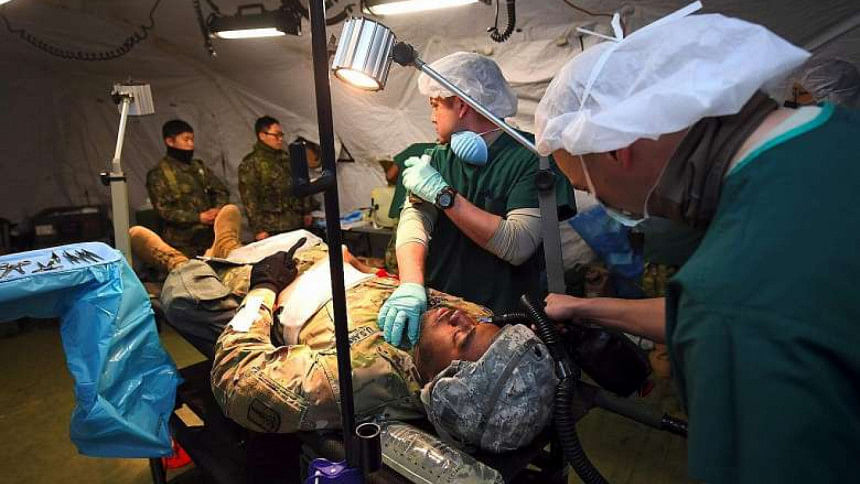
North Korea's missile tests are more intense, frequent and accurate, say experts.
In September last year, North Korea conducted its fifth nuclear test, one that packed more than twice the force of the atomic bomb that flattened Hiroshima in 1945.
Satellite images have shown that, despite United Nations sanctions, the reclusive state is gearing up for a sixth test by excavating a tunnel at its test site that can withstand an explosive force up to 14 times more powerful than its previous test.
This spectre, along with North Korea declaring that last week's missile test was a dry run on a strike on United States bases in Japan, has raised the stakes for US Secretary of State Rex Tillerson's visit to Asia this week. Last night, he arrived in Tokyo for a tour that will also take him to Seoul and Beijing, at a time when Asia is on edge. North Korea, observers said, has taken "top priority" over other more longstanding issues, including US bilateral ties with Japan and China, South China Sea territorial disputes and trade.
Pyongyang lobbed four ballistic missiles towards Japan last Monday, one of them falling closer to Japan's coast than any other had before. The launch was said to be in protest of an ongoing US-South Korea exercise called Foal Eagle.
Military maps show that the missiles fell on an arc that extends downwards to the Marine Corps Air Station in Iwakuni, which is base to 15,000 personnel, and a squadron of F-35 US fighter jets that has been deployed as part of Foal Eagle.
Defence expert Tosh Minohara of Kobe University said: "As each day passes, the missiles are becoming more accurate and the final straw will be an intercontinental ballistic missile (that can strike the US)."
US and South Korean military chiefs warned on Tuesday that the North might conduct further "provocative actions" over Foal Eagle, while Chinese Premier Li Keqiang yesterday urged the soothing of tensions and a return to dialogue.
Former US president Barack Obama - whose administration reportedly engaged in cyber warfare in a bid to derail Pyongyang's nuclear ambitions - had warned incumbent President Donald Trump of the potency of the Pyongyang threat during the transition period.
And "all options" are now on the table as Trump's administration strategises its response to a challenge that has bedevilled the US for 25 years. This includes "secondary sanctions" to turn the screws on Chinese companies that are allegedly complicit in funding North Korea, whose drive for longer-range missiles and nuclear warheads is progressing apace.
Dr Masashi Nishihara, who heads the Research Institute for Peace and Security in Tokyo, told The Straits Times that the equation has been altered with Pyongyang's declaration of its targets.
Leader Kim Jong Un's alleged masterminding of the assassination of his half-brother Kim Jong Nam, as well as the execution of five senior security officials last month, also indicated an "unstable" regime, he said.
The threat is multifold, Dr Minohara said, given Pyongyang's increasing frequency, precision and ability to launch "swarm attacks" to overwhelm anti-missile systems.
Recent launches have also been said to elude military intelligence, as the North has eschewed fixed launch sites in favour of mobile vehicles outfitted with off-road tracks.
Dr Minohara said: "Despite the sanctions, the North has no scarcity of missiles. If it had only 10 missiles, it would have hesitated to fire so many at one go. So the expectation is that Pyongyang has an abundance of missiles, or that its production line is very smooth."
Dr Victor Cha of US think-tank Centre for Strategic and International Studies told the Washington Post: "This is no longer about a lonely dictator crying for attention or demanding negotiations."
A former adviser on North Korea to president George W. Bush's administration, he said: "This is now a military testing programme to acquire a proven capability."
Copyright: The Straits Times/ Asia News Network

 For all latest news, follow The Daily Star's Google News channel.
For all latest news, follow The Daily Star's Google News channel. 

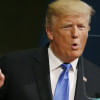
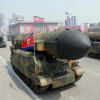
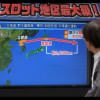
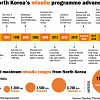
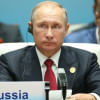

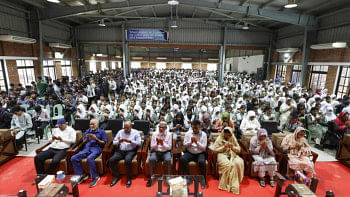
Comments